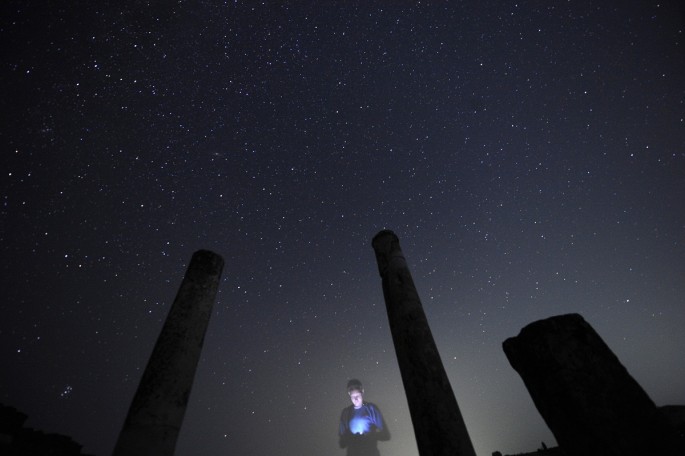Before we bid goodbye to 2015, the December sky will host some exciting astronomical events offering spectacular sights on the winter evenings. The month marks the final full moon and new moon of this year. Also, the astronomy enthusiasts must prepare to enjoy the king of meteor showers Geminids. Here is a guide to the major astronomical events occurring in December 2015.
New Moon: According to Seasky.org, the New Moon will emerge on Dec. 11, 2015. The event reaches its peak at 10:29 UTC. During this time, the moon remains invisible in the sky. Thus, it is the best time to observe other objects in the sky.
Full Moon: The final Full Moon of this year will rise on Dec. 25, 2015. The phenomenon reaches its peak at 11:11 UTC. The December Full Moon is also known as Full Cold Moon, The Moon Before Yule, the Full Long Nights Moon. On this day, the moon will be brighter than the other days of the month.
December Solstice: On Dec. 22, 2015, the winter solstice takes place. The event reaches the peak at 04:48 UTC. During this time, the sun has reached its southernmost position in the sky marking the first day of the winter in Northern Hemisphere and first day of summer in Southern Hemisphere. On this day it Northern Hemisphere will enjoy the longest night and shortest day of the year and Southern Hemisphere will experience the longest day and shortest night.
Meteor Showers
Geminids Meteor Shower: On Dec. 14 - 15, 2015, the best meteor shower kicks off. Geminids, which is also called the king of the meteor showers, is a major shooting star event that peaks during the mid-December. It produces up to 120 meteor per hour when at its peak.
Geminids originates from the asteroid called 3200 Phaethon and its radiant point lies in constellation called Gemini. It is an annual meteor shower that runs for almost 10 days from Dec. 7 - 17.
According to Chronicle Live, the best time to watch the show is Dec. 14 at around 2 am. Geminids meteor shower is expected to reach its peak at this time.
No special equipment is required to observe the meteor streak. It is advised to watch the show from a dark location away from city lights. Meanwhile, enthusiasts can also watch the astronomical event through live stream or webcast on Slooh.com.
Ursids Meteor Shower: Another annual meteor shower occurring during December 2015 is Ursids. This happens to be a minor meteor shower which runs from Dec. 17 - 25, 26. It originates from Ursa Minor and its radiant point lies in Beta Ursae Minoris. The best time to observe on the night and morning of Dec. 21, 2015.
Some other astronomical events to be excited about in December 2015 includes conjunction of Moon and Venus on Dec. 7, 2015. In addition, Mercury will reach at its greatest eastern elongation on Dec. 29, 2015.



























